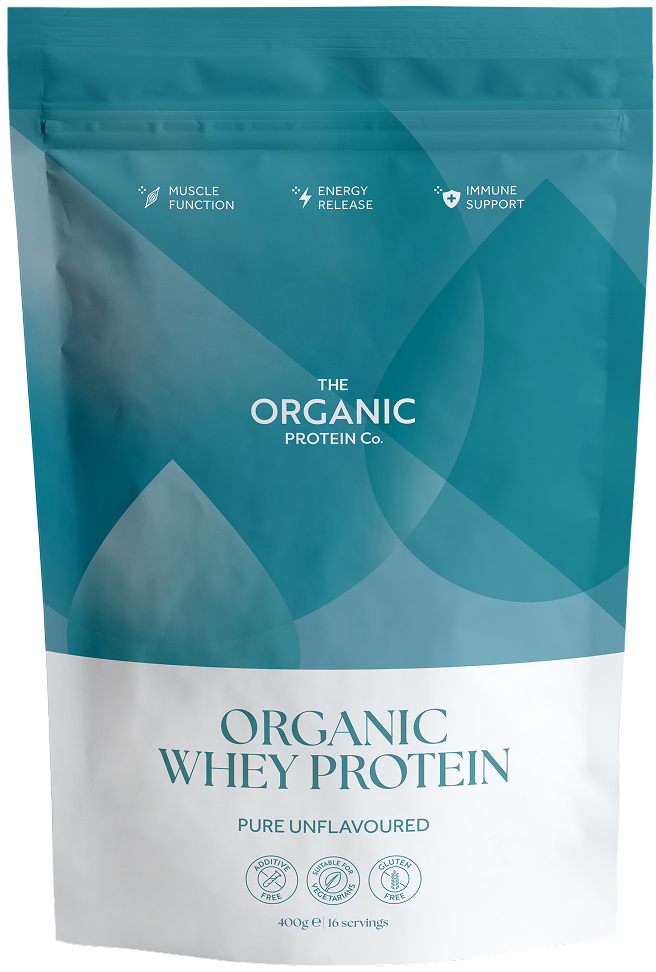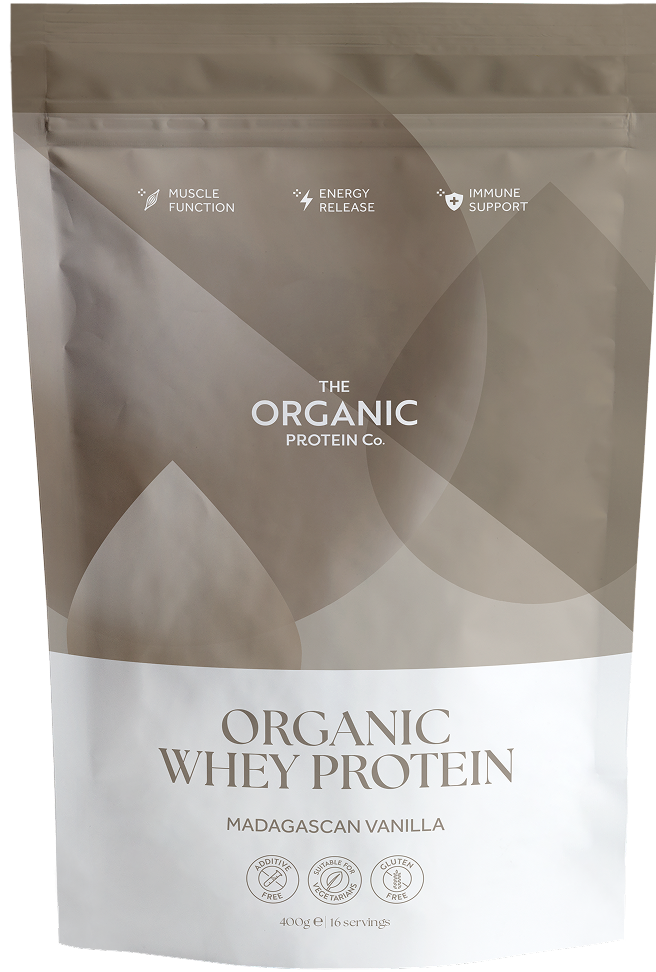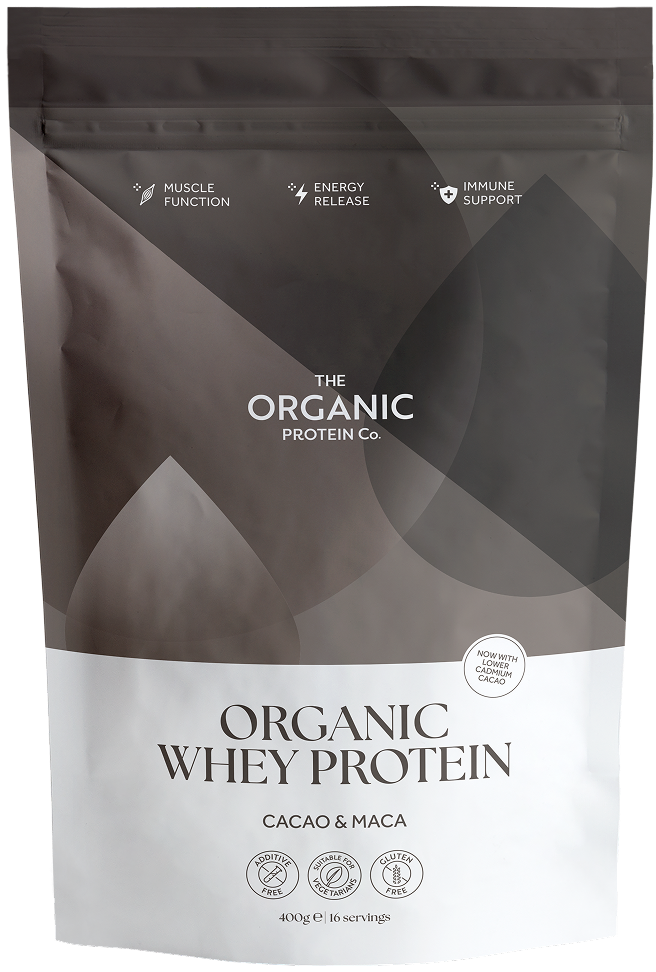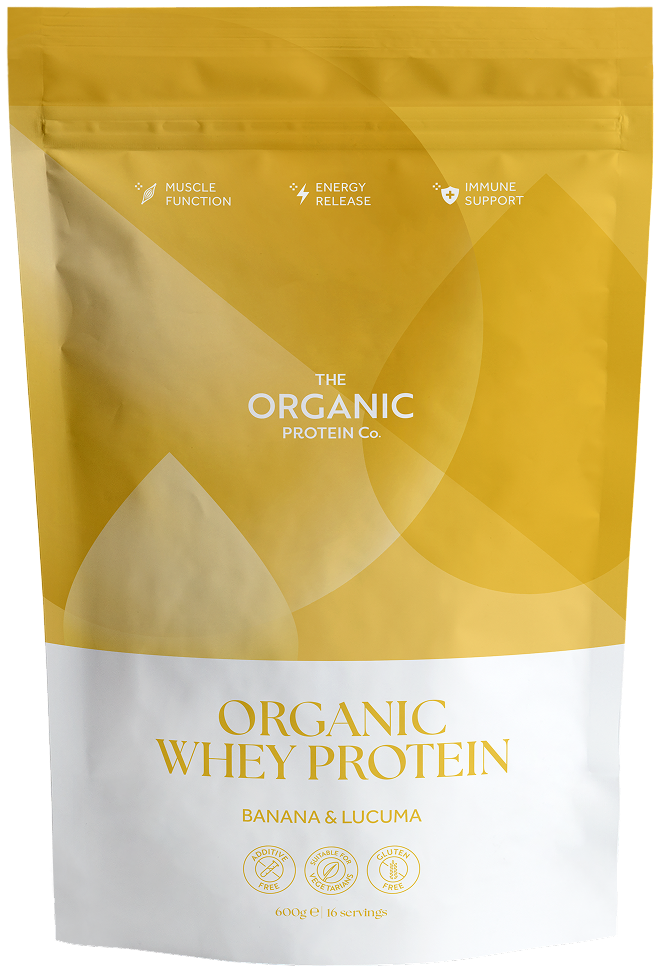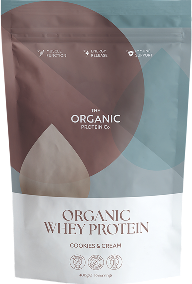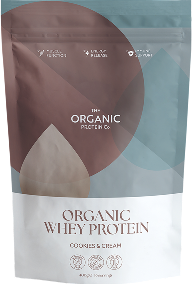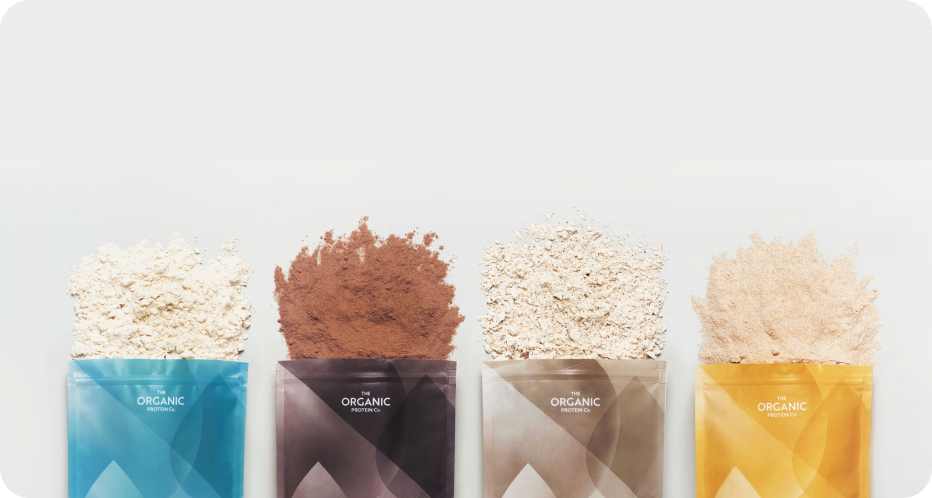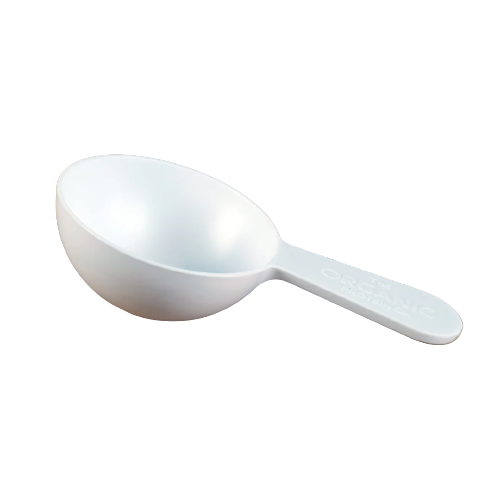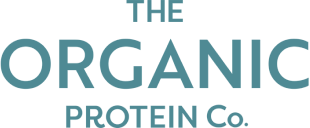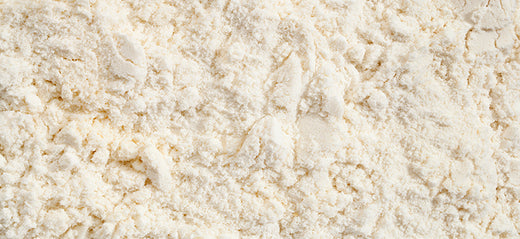Whey protein contains numerous "bioactive" protein fractions. These can make up at least 50% of the total protein content of whey protein, and are a key reason whey protein is so much more than “just” a quality protein, as many of these protein fractions happen to also be found in human breast milk, and appear to have numerous health benefits.
From helping with immune function, to inflammation and infection fighting, you can read more on the apparent upsides of consuming these bioactive proteins here , and for a more in-depth read also here . I can’t verify the validity of the studies cited in these articles, but they make for an interesting read nevertheless.
We’ve finally found a lab that can test for some of the better known bioactive protein fractions, so we sent them a sample of our unflavoured organic whey protein....and....*drumroll*....here are the results!
| Bioactive protein | Lab result |
|---|---|
| Alpha Lactalbumin | 10.5g per 100g |
| Beta Lactoglobulin | 38.1g per 100g |
| Immunoglobulin G (IgG) | 3.3g per 100g |
| Lactoferrin | 293mg per 100g |
You can also download the original certificate here .
Here is a bit more information on each of the protein fractions we had our organic whey proteins tested for...
Alpha Lactalbumin
The main protein in human breast milk, and the second main protein in cow's whey protein. Rich in cysteine, and a potential aid for sleep in adults thanks to its unique tryptophan content, with prebiotic and antibacterial properties, and potential for improving gastrointestinal health.
Sources:
Beta Lactoglobulin
A rich source of essential and Branched Chain Amino Acids (BCAAs), with additional potential for supporting immune function by increasing white blood cell function and production. The main protein found in cow's whey protein, but unlike Alpha Lactalbumin, Beta Lactoglobulin isn’t found in human breast milk.
Sources:
Immunoglobulin G (IgG)
The most common antibody in our blood and other body fluids, including the breast milk of both humans and cows, which is found to have a positive effect on immune function, dealing with allergies, and combating infections.
Source:
Lactoferrin
A protein found in human breast milk that is transferred into and between cells, serum, bile, and cerebrospinal fluid. It has important immunological properties and is both antibacterial and antiviral, as well as apparently being capable of interfering with some of the receptors used by coronavirus.
Sources:
So there you have it. Next time you’re sipping on your organic whey protein shake, just think about the wonderful potential benefits you’re getting from these fascinating bioactive protein fractions 🥛

